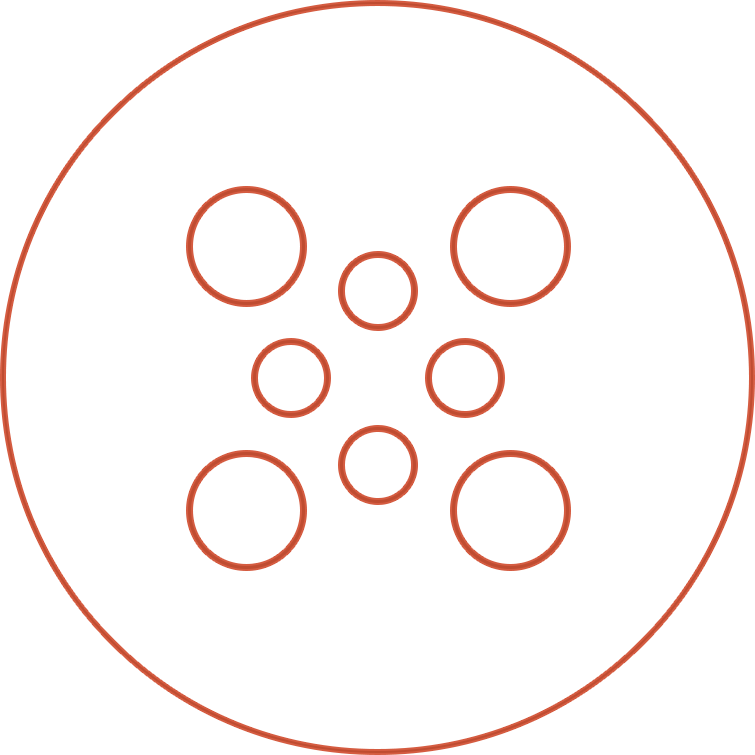Inhabiting Outer Space from Africa
Davide ChinigòRecent years have seen a surge of investments in astronomy and outer space infrastructure in Africa. Among these is the Square Kilometre Array (SKA) project, a major international effort to build the world’s largest radio telescope in Southern Africa. In this piece I use the SKA as an entry point to interrogate critically how social scientists construct Outer Space as a research object. Drawing on the collaborative photography project Hemelliggaam or the Attempt to Be Here Now by Cape Town-based artists Tommaso Fiscaletti and Nic Grobler, I interrogate Outer Space through a focus on the human–environment–astronomy relationship that emerges in the photographers’ encounter with the South African Karoo, where the telescope is currently being erected, and I read it against my own fieldwork in the region.
Through a depiction of the human technologies of farming and astrophysics in coexistence with the forces of the Earth’s environment, alien plants and rocks, Hemelliggaam casts open-endedness to the ways humans inhabit Outer Space. Investing Outer Space with human experience from specific grounds offers important methodological and epistemological insights on how social science might approach Outer Space beyond the discursive apparatus that the teleology of modernity brings forth, and reductionist approaches identifying the human experience of Outer Space as one. I argue for an inquiry of Outer Space that stems from its irreducible relation to ground.
